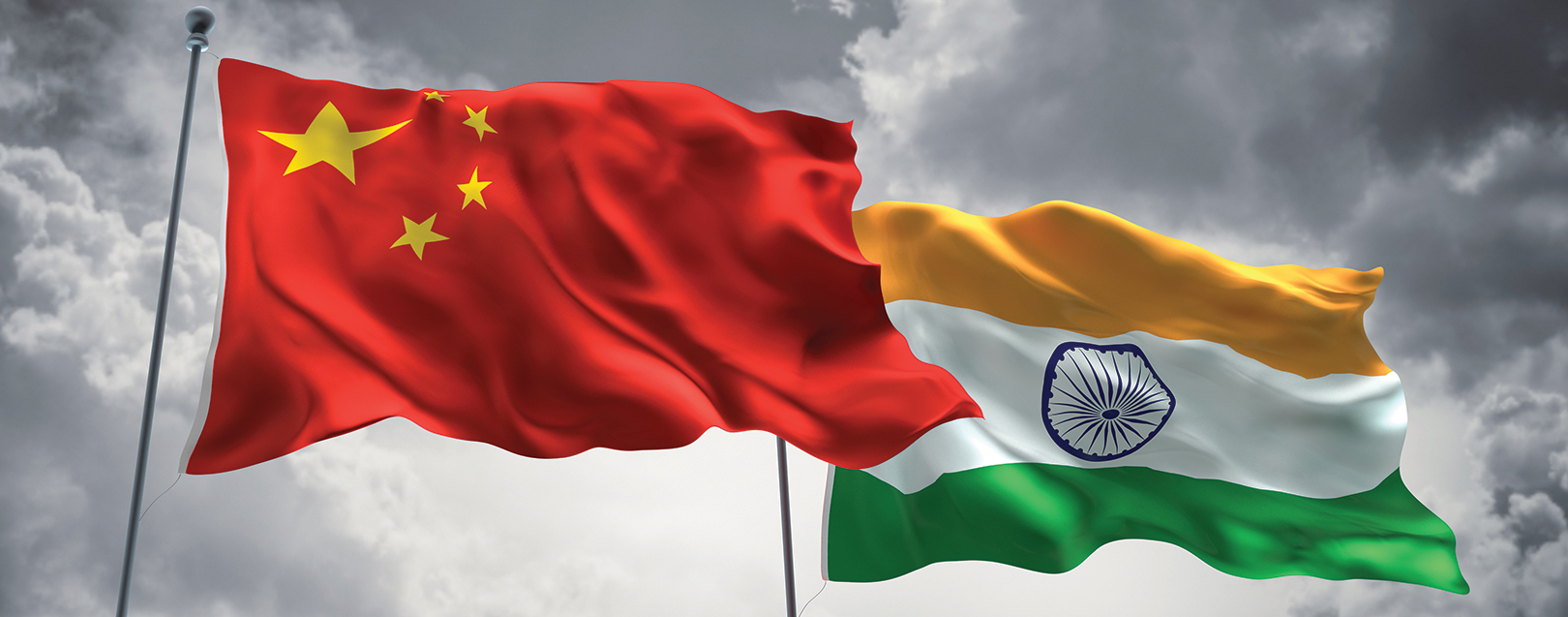
News, leads and analysis related to India’s trade and all that’s happened on the policy front during the month of August 2016
RCEP
On the back foot
In a major shift in stance that may benefit China, India has agreed to provide similar tariff cuts to all Regional Comprehensive Economic Partnership (RCEP) member countries with limited deviation. At the Regional Trade Minister’s meet, which was held early last month in Laos, Nirmala Sitharaman, Minister of State for Commerce & Industry (Independent Charge), Government of India, communicated India’s revised approach in terms of tariff.
Earlier, India had proposed a three-tier tariff reduction plan, subject to the other country’s possession of a free trade agreement. Under this plan, India had proposed a 80% tariff cut to the 10 countries that are part of the Association of Southeast Asian Nations (ASEAN). However, only 65% was proposed to South Korea and Japan, and just 42.5% tariff liberalisation to China, Australia and New Zealand with which it does not have free trade agreements.
Japan’s demand for a single-tier system has now been conceded. India is now expected to offer tariff reduction in a much higher number of commodities to China with whom it has a staggering $52.7 billion trade deficit with only $9 billion of exports in FY2016. Some industrial sectors of India, like the steel sector, are apprehensive that China may use RCEP to gain further market access.
TRADE ADVISORY
Beware of the dragon!
Indian importers, who deal with Chinese traders, will now have to exercise some caution. In the face of several complaints, the Indian Embassy and Consulates in China have issued trade advisories to various trade bodies and associations apprising Indian importers who are planning to do business with China about possible frauds. In the advisory that has been circulated among the members of the Indian Association of Shanghai, Indian importers have specifically been alerted about sub-standard and inferior quality supplies. Citing some of the complaints, the advisory warned that some Indian importers had been duped with stones, sand, salt and mud instead of pre-ordered items such as chemicals, aluminium, plastic, etc. Indian importers have also been cautioned in terms of payments as there have been several instances when their Chinese counterparts stopped correspondence altogether after receiving the payments on sample despatch. They either refused to send consignments or dispatched defective items. There have also been issues with quantity. However, the advisory has not been displayed on the website of the Indian missions in China and has been restricted to the association in Shanghai to avoid any confrontation with the Dragon country.
heritage tag
Time to say cheers!
Goa’s Feni is all set to go places with the state government introducing a bill in the Legislative Assembly to give the state’s traditional liquor a ‘Heritage Spirit’ tag. Bringing the traditional brew on par with Scotch whisky and Tequila, Goa’s Chief Minister Laxmikant Parsekar recently introduced an amendment to the state’s Excise Act, elevating Feni to the status of ‘Heritage Spirit’ of Goa. The draft bill states that feni has “multifaceted use in cultural traditions, cuisines, medical purpose and others which are synonymous to the Goan identity.” The objective of the bill, the government says, is to help feni reap the benefits of the Geographical Indication (GI) status it attained in 2007. The government said that the heritage tag will help take “Geographical Indication (GI) benefits to primary and traditional stakeholders, enabling trade in world markets and positioning it on equal footing to global brands of Scotch whiskey and Tequila.” The move is expected to open up global markets for the traditional liquor, boosting its trade and positioning it alongside traditional liquors like Tequila. A popular, locally brewed, cashew-based alcohol, Feni is India’s first liquor to obtain a GI tag and has already made its way to stores in US.
WORLD TRADE CENTRE
Another feather in the cap
The Pink City of India has added another feather to its cap. After becoming a significant hub for business, trade, culture and commerce, Jaipur got its World Trade Centre; thereby joining the network of 340 WTCs spanning 90 countries. Affiliation to this large business network shall facilitate Rajasthan’s trade services in vast swathes of the globe. The new centre will offer services like promoting trade and investment in the state, export counseling, assisting local businesses to foray into global markets, organising networking and trade events, business meetings, workshops besides facilitating inbound trade delegation.
NUCLEAR energy
Exploring opportunities
After the civil nuclear agreement between India and Australia came into force at the close of last year, the state of South Australia is keen to do business with India. More specifically, it wants to supply uranium to India. South Australia is also exploring the possibility of setting up a repository for nuclear waste in India. Visiting South Australian Minister for Trade and Investment, Defence Services and Veterans’ Affairs, Martin Hamilton-Smith, who is leading a 100-member delegation of South Australia Trade Commission (SATC) said, “India and Australia have a great future in the field of nuclear energy… Building nuclear power plants in India will also lead to a cleaner environment.” Both the countries have signed a civil nuclear cooperation agreement to ease supply of uranium to India.
Get the latest resources, news and more...
By clicking "sign up" you agree to receive emails from The Dollar Business and accept our web terms of use and privacy and cookie policy.
Copyright @2025 The Dollar Business. All rights reserved.
Your Cookie Controls: This site uses cookies to improve user experience, and may offer tailored advertising and enable social media sharing. Wherever needed by applicable law, we will obtain your consent before we place any cookies on your device that are not strictly necessary for the functioning of our website. By clicking "Accept All Cookies", you agree to our use of cookies and acknowledge that you have read this website's updated Terms & Conditions, Disclaimer, Privacy and other policies, and agree to all of them.

